Have you ever tried hybrid fruits and vegetables? Even though their names sound unusual, you may find them surprisingly popular. Selective breeding gives them special names and exceptional quality.
If you are looking for what fruits or vegetables are hybrid, this post is what you need. You are going to learn 20 types of hybrid fruits and vegetables, how they were created, and their benefits to your health.
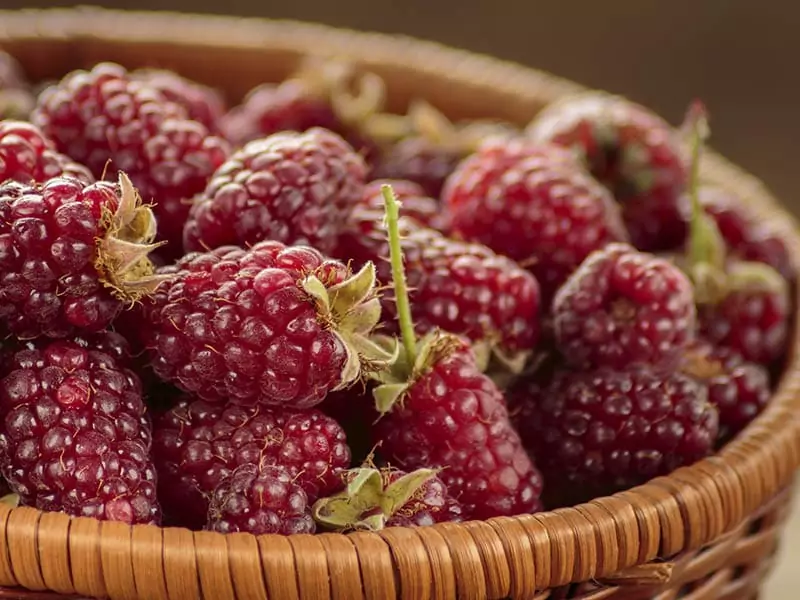
What Are Hybrid Fruits And Vegetables?
While hybrid fruits and vegetables are becoming more and more popular, many people do not know what exactly hybrid fruits and greens are.
Hybrid products result from plant propagation. It means producing a new cultivar from parent plants. You may think it is controlled by humans. That’s partly true. Scientists and experts are finding ways to hybridize new plants with outstanding features.
However, the process of hybridization is completely natural. The whole secret behind hybrid fruits and vegetables is just cross-pollination.
Scientists use pollinators to move pollen from a flower of a kind to another flower of a different kind so that the product can have the characteristics of both parents. However, this process can happen all the time in nature, thanks to bees, birds, and even wind.
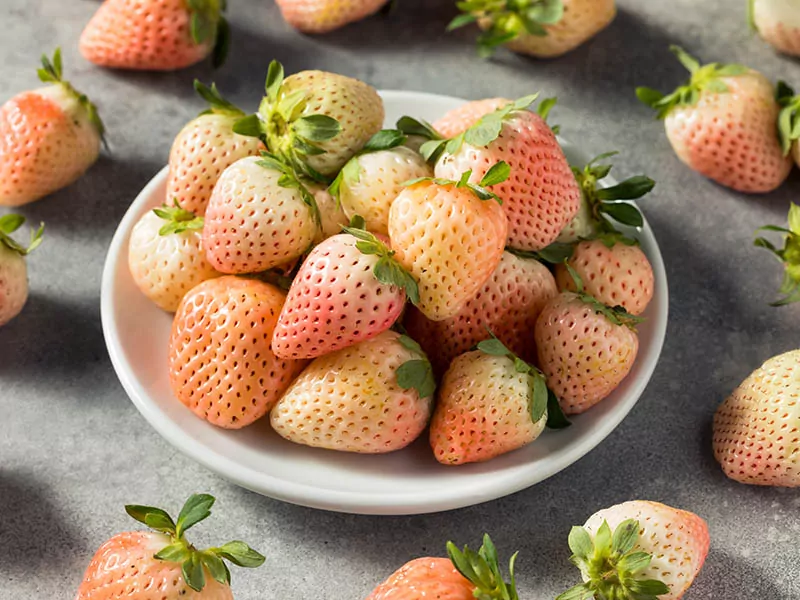
Are Hybrid Fruits And Vegetables Similar To GMO Ones?
A common belief about hybrid products is they are the same as GMOs (Genetically modified organisms). That is totally not true. Even though the final purpose is to improve the characteristics of fruits and vegetables, a huge difference lies in the process.
First, as I mentioned above, hybrid products are bred 100% naturally, whether with the aid of humans or not. Therefore, they are totally safe for human health while contributing to natural diversity at the same time.
On the other hand, GMOs (genetically modified organisms) are 100% man-made. The process is carried out in the laboratory. Scientists and experts affect and combine DNA molecules from different species to form a new kind, which never happens in nature.
As you may know, GMO products can have harmful effects on humans since they can supposedly cause allergies or even cancer. On the contrary, hybrid foods are extremely healthy and even more nutritious than ordinary plants.
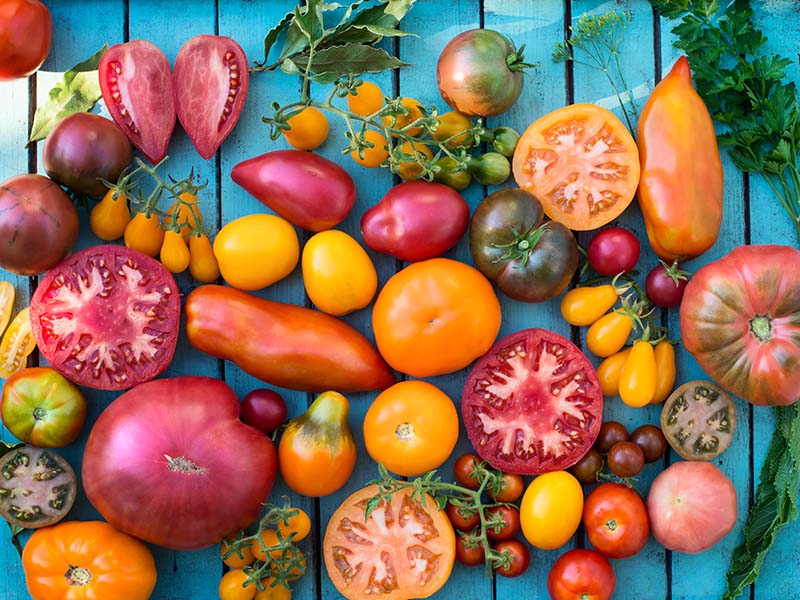
Are Hybrid Fruits And Vegetables Healthy Food?
So, hybrid fruits and vegetables are completely safe and beneficial to your health. You can consume them without any fear. In fact, hybrid products have higher nutritional value than the original ones.
Because they get both characteristics of parent plants, they usually have excellent features. For instance, you may find hybrid mandarin richer in vitamin C than original mandarin. Therefore, if you are looking for highly nutritious fruits or vegetables, you’d better choose hybrid ones.
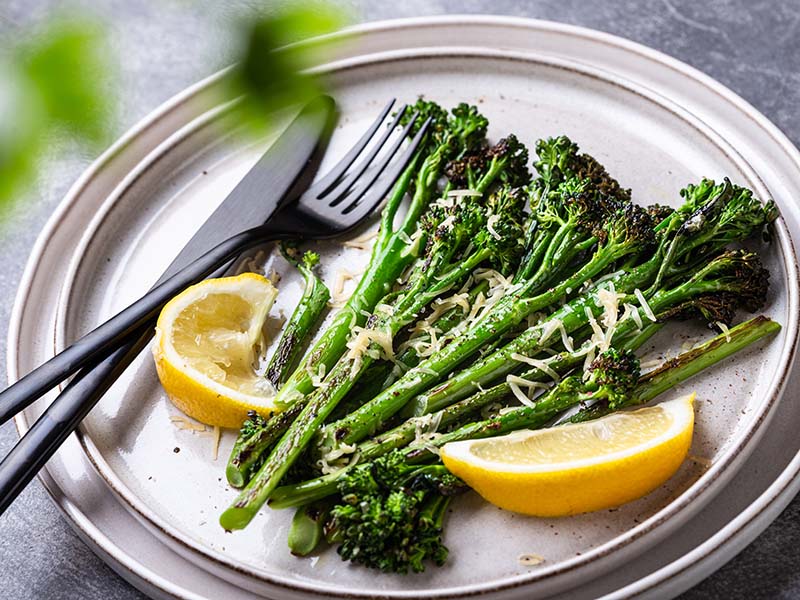
Impressive Hybrid Fruits That You Might Not Know
Now let’s dive into the world of hybrid fruits. Since they are good for your health, it is good to put them on your shopping list. Here are the top popular hybrid fruits you must know. I am sure they will impress you with their names, appearances, and benefits.
1. Plumcot (Plum And Apricot)

Plumcots are the first-generation hybrid offspring of plum and apricot parents. They were thought to be the idea of a horticulturalist named Luther Burbank, who cross-pollinated these two types of stone fruits. Plumcots have been present since the late 19th century.
This kind of fruit carries equal features from its parents, half plum and half apricot. But because of its numerous varieties, the size, appearance, and flavor can vary.
Let’s look at some typical varieties of plumcots. The King Kong variety is large with black skin. It tastes like plum mixed with a bit of almond. There is also the medium-sized, sweet-flavored Flavorosa type with red skin and flesh.
Plumcots are an amazing source of vitamin C, vitamin A, and fiber. They also contain a small amount of potassium and calcium. Thus, these fruits are good for your health for sure. They can be eaten raw or baked into tarts. Also, plumcots can give your salad excellent flavor.
The season of plumcots is from mid-May to early July. You can buy them at grocery stores or farmer’s markets.
2. Pluot (Plum And Apricot)
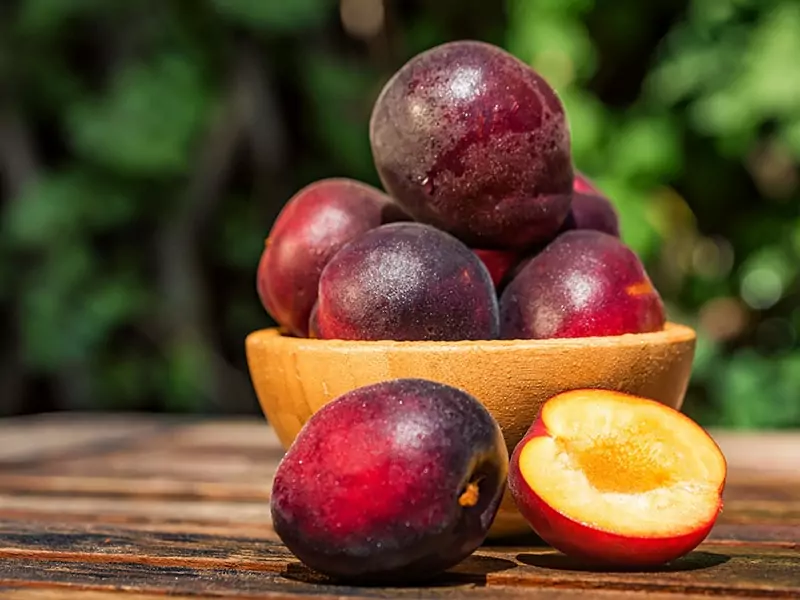
If the plumcots above are a result of cross-breeding plum and apricot, how about pluots? Are they the same? No, they may have some kind of relation, but they are different.
Pluots came into existence 2 decades later than plumcots. They were produced by Floyd Zaiger, who was a famous fruit breeder, in the 1980s. They are later-generation hybrids of the same parents as plumcots. So, they also belong to the stone fruit family.
While plumcots are 50%-50% plum and apricot, pluots carry more features of plum than apricot, with 75% plum and 25% apricot. However, they share the similarity in the huge numbers of cultivars. There are up to 22 pluot varieties. That is why pluots are diverse in size, color, and flavor.
The most outstanding variety of pluots is Dapple Dandy, which is also called Dinosaur Egg for its trademarked name. It is large in size, and its skin is pale green with red spots. The flesh inside is pink or red and juicy.
Pluots are also a great source of vitamin A, vitamin C, fiber, and potassium. Moreover, they contain antioxidants, though these fruits are also alarmingly high in sugar.
The fruits are great for eating raw. They are also a good ingredient for your tarts, pies, or yogurt. They are normally available from late May to September.
3. Pluerry (Plum And Cherry)
A dark red hybrid fruit with yellow flesh, that’s what pluerry is all about. As you can guess from its name, pluerry fruits are cross-bred between plum and cherry.
There are 3 kinds of pluerry: Sweet Treat, Candy Heart, and Sugar Twist, in chronological order. Sweet Treat was produced first and became the most popular one.
Sweet Treat pluerries are bigger than cherries and superior to their parents in flavor. They have a unique texture and hint of cherry. To enjoy them, clean or wash the skin, use a knife to cut it in half, and remove the pit easily. Take a bite, and you have got your real treat for summer.
You may find it a bit difficult to buy them in the market. Most people choose to buy a Sweet Treat Pluerry tree and plant it at home by themselves. The harvest season is from late June to July.
Let’s find out about sweet treat pluerry trees and how tasty their fruits are.
4. Peacherine (Peach And Nectarine)
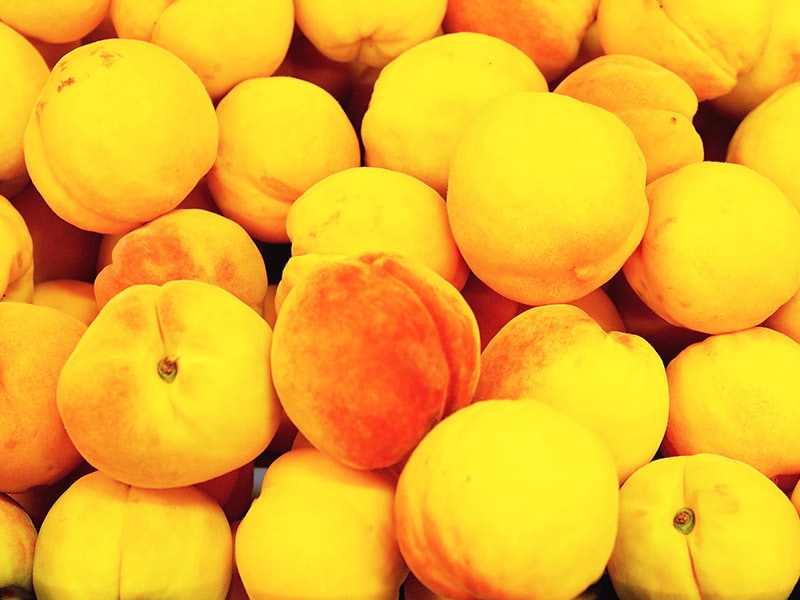
Peacherine or Peacharine is a hybrid between peach and nectarine. Many people think it was the brainchild of J.W.Philippi, a horticulturist who created it in 1909.
Hybrid fruits are usually better than their parents. Peacherines are not an exclusion. The fruits are round and medium-sized. The skin is reddish-yellow and less fuzzy than a peach.
The flesh, which is the most mouthwatering part, is sweet, firm, and juicy. It is normally yellow, but a white variety also exists. Peacherine is available during mid-February. This fruit is definitely a must-try for fruit-lovers.
5. Peacotum (Peach, Apricot, And Plum)
Well, while these fruit guys above have 2 hybrid parent fruits, peacotums are the result of a threesome. This type is the result of the hybridization of peach, apricot, and plum. The process was carried out by Zaiger’s Genetics Inc.
Peacotums contain characteristics of 3 fruit parents, which make them an outstanding fruit. Its pit is smaller compared to its parents’.
The skin is a bit fuzzy and similar to apricot. The flesh is yellow, sweet like peach and a bit tart like plum. It tastes delicious and different. Making peacotum jam is not a bad idea.
Peacotums always create curiosity as soon as they are introduced to farmer’s markets. Why don’t you give them a try? You can choose from three varieties: Bella Cerise, Bella Royale, and Bella Gold.
6. Mandarinquat (Mandarin And Kumquat)
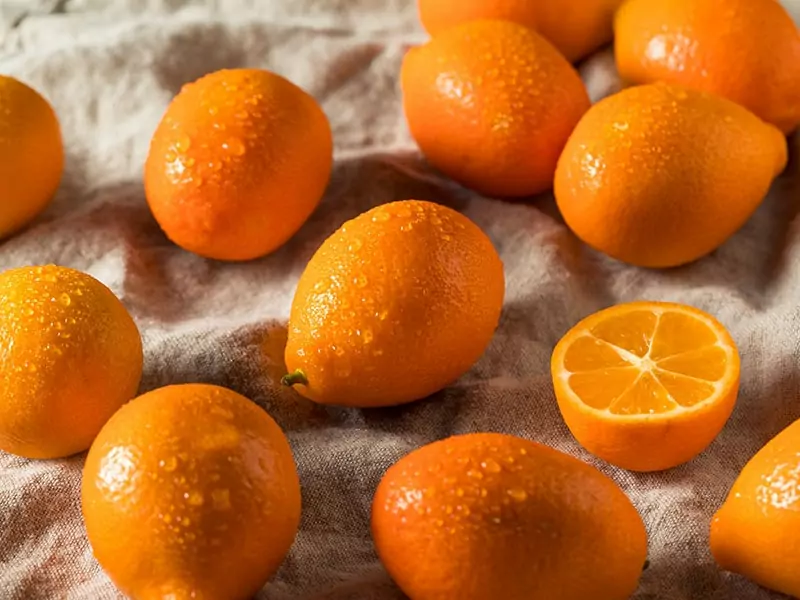
The next mind-blowing hybrid fruit I want to introduce to you is mandarinquat. The name tells you its origin. Mandarinquat is a hybrid between a mandarin and a kumquat. It was first introduced in 1932 by Dr. Eugene May, a scientist at USDA (United States Department of Agriculture).
The fruit is a member of the citrus fruit family. Since its parents are able to withstand the cold climate, mandarinquat also inherits the feature. Mandarinquat trees can produce fruits during the winter.
Mandarinquat is an orange-hued, teardrop-shaped fruit with a little tip at the top. It has a number of large seeds, though the rind is edible. The fruits are delightfully juicy and a great source of vitamin C as well as fiber.
You can eat them whole or in slices, up to your preference. Putting them in the salad and ice cream is also a good way to enjoy these adorable fruits.
Here is how to eat the cute and tasty mandarinquat.
7. Rangpur (Mandarin Orange And Citron)
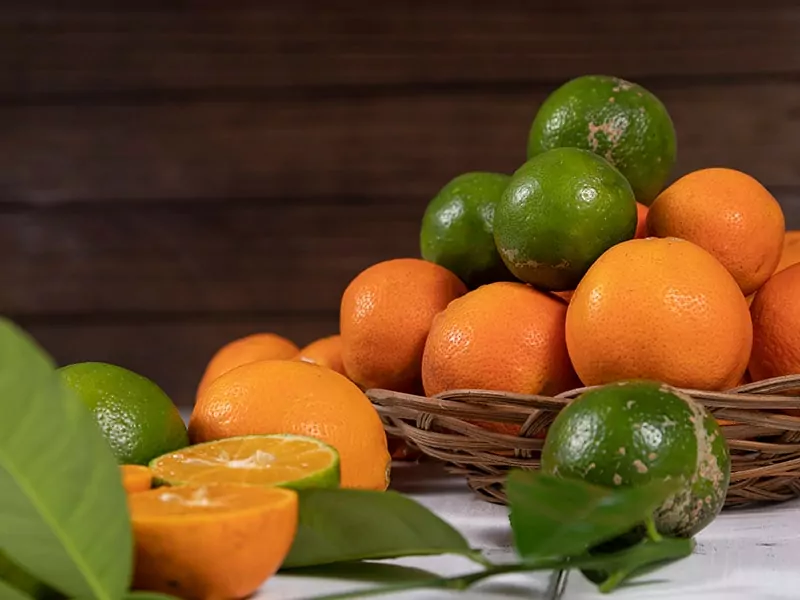
Rangpur, also called Rangpur lime, was not named after their cross parents but rather the Rangpur settlements in India. Needless to say, this treat is from India, where it is quite popular.
These fruits are a hybrid cultivar resulting from a cross between mandarin orange and citron. Rangpur has a similar shape to mandarin, but the color of both the rind and the flesh is of a lighter orange shade than a mandarin’s.
Rangpur tastes very sour, plus a little sweetness mingled with a hint of smoky lime. Because of its sourness, you can use rangpur to substitute for lime.
Eating a whole rangpur can be a real challenge, so the best use is to mix it with water and sugar for a great beverage. As a citrus fruit, these supply you with a high level of carbohydrates, fiber, and vitamin C.
8. Tangelo (Tangerine And Pomelo)
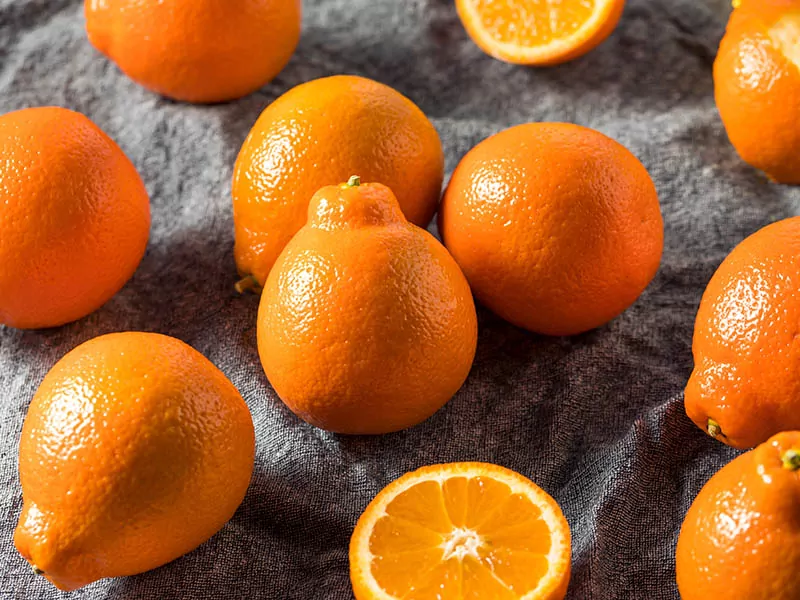
Tangelo is a citrus fruit hybridized of a tangerine and a pomelo. Its origin is possibly from Jamaica. The fruits are now quite common in Florida, where people sell them and plant them in their home gardens. Tangelos are available from mid-November to late February.
There are 7 different varieties of tangelo. But in general, they have bright reddish-orange skin. They also have a nipple-like shape at the stem when the fruits are ripe, which marks a clear difference from tangerine or pomelo.
You can tell tangelo is sweet and really juicy. These hybrid fruits are great for salad, dessert, and a raw snack. Having them in the lunchbox is fantastic.
But are they nutritious fruits? Certainly! Good carbs, fiber, protein, and rich vitamin C are plentiful in tangelos. So, you should not miss a tangelo for sure.
9. Blood Lime (Red Finger Lime And Ellendale Mandarin)
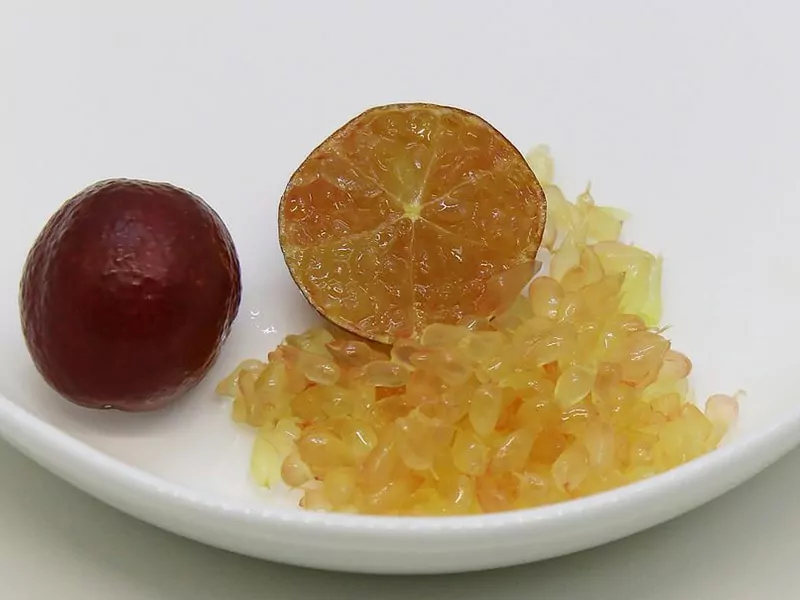
Blood limes are a hybrid of Red finger lime and Ellendale mandarin. With salt-resistant crops in mind, the CRISO (Commonwealth Scientific and Industrial Research Organization) carried out a project around the 1990s, and blood limes were one of the results.
This hybrid fruit is in an egg shape, smaller than most lime in size but sweeter in flavor. The skin of blood lime is normally crimson, while the flesh inside is yellow or somewhat red-orange.
Blood lime juice is totally delicious. You will also love squeezing blood lime over fresh seafood like oysters or baked fish. That makes them taste much better.
The first and most outstanding benefit of blood lime is to help people with diabetes. High levels of soluble fiber in blood lime make it a superfood in controlling that chronic disease. The fruit also lowers blood pressure. Thus, it helps in preventing heart disease.
Citrus fruits like blood lime are also highly recommended for those who want to lose weight. Vitamin A and citric acid play an important role in these benefits.
Let’s look at the blood lime tree and the texture inside the fruits.
10. Limequat (Key Lime And Kumquat)
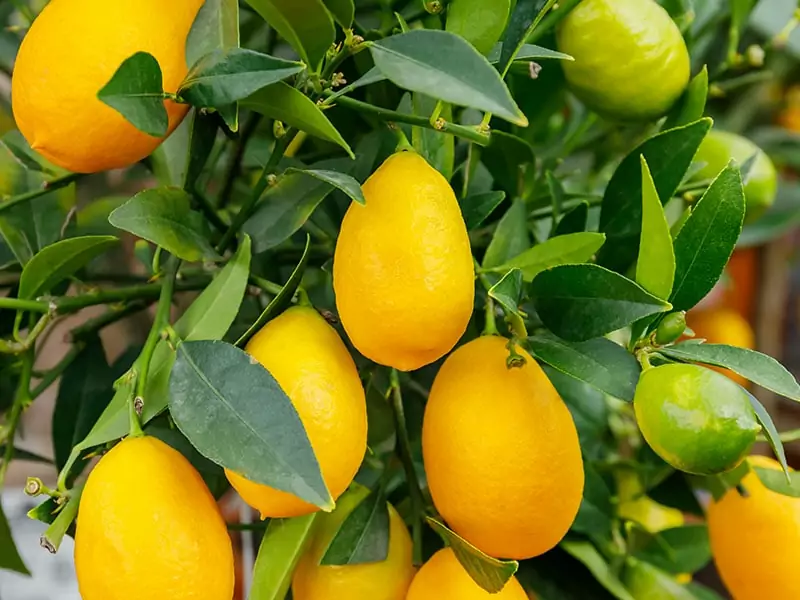
The next hybrid fruits belonging to the citrus family are limequats. They are a cross of key lime and kumquat, produced by a famous American botanist named Walter Tennyson Swingle in 1909.
Limequat trees are quite small and need a lot of sunshine to form fruits. They can normally be harvested from November to March. The fruits are oval and orange-colored when fully ripe. They also have a fair number of seeds.
So, what does it taste like? The rind is sweet and tart but not as much as lime’s skin. The inside tastes like lime, so it is sour. Nutritionwise, limequat has a significant amount of vitamin C and fiber. And these are good for cold beverages, cocktails, or fruit salads.
11. Ugli Fruits (Mandarin Orange And Grapefruit)
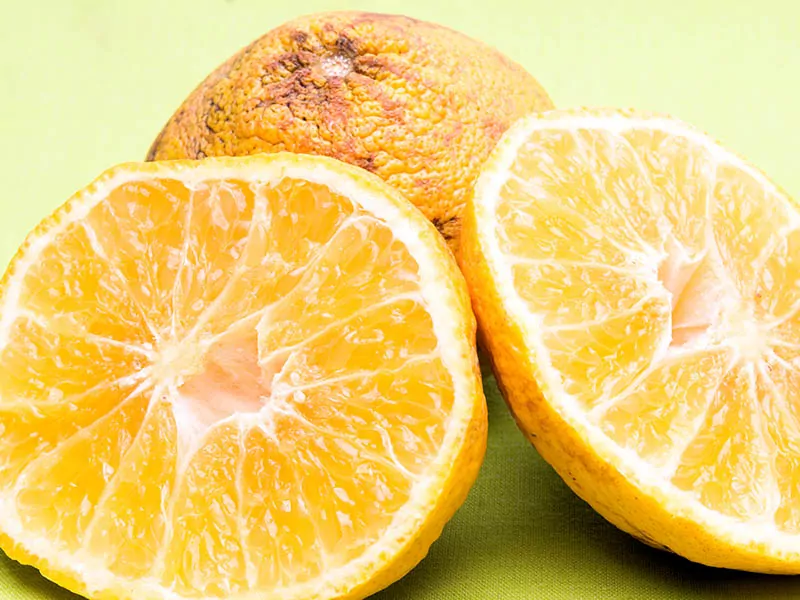
Ugli fruits, also called Jamaican tangelo, are the next citrus hybrid fruit. They are created naturally by the cross-pollination of a tangerine and a grapefruit. They were found growing wild on the island of Jamaica in 1917 and exported to the USA in 1942.
The name ‘UGLI’ is a trademark of Cabel Hall Citrus Limited, the company that sells the fruit worldwide. Some people think the name ‘ugli’, which sounds like a variation of ‘ugly’, came from the fruit’s wrinkled, rough skin. But the beauty inside will not let you down.
Ugli fruits are quite heavier and larger than some kinds of grapefruit. They also have fewer seeds. The skin is normally green, yellow, or green-yellow. The flesh is beautiful, with bright orange-yellow color and super juicy.
This hybrid fruit tastes like a grapefruit more than an orange but does not contain any bitterness like grapefruits. You can just peel and enjoy the flesh or squeeze the juice to enjoy cool. Totally your summer treat!
This tutorial gives you an overview of ugli fruits and how to eat them.
12. Jostaberry (Blackcurrant And Gooseberry)
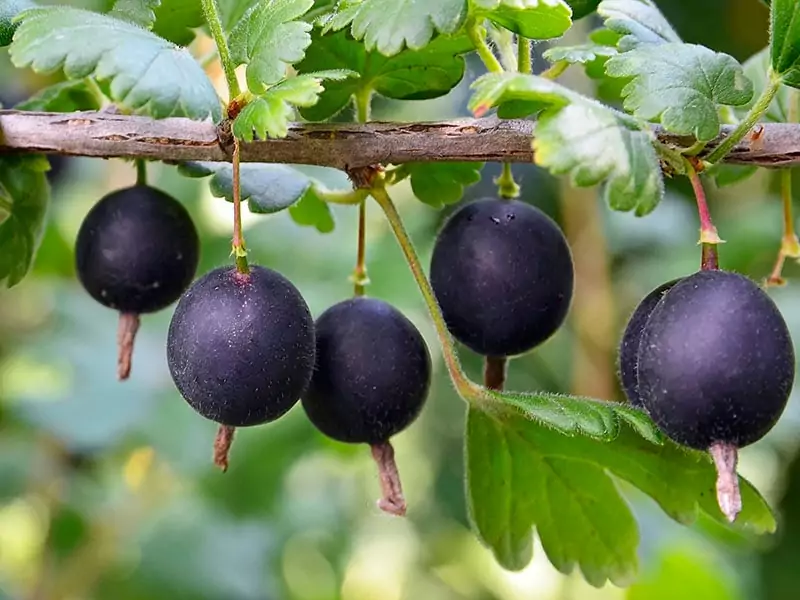
Jostaberries are an amazing cross between North American Coastal Blackcurrant and European Gooseberry. They were first produced in Germany in the late 1970s.
A jostaberry resembles a gooseberry in shape and blackcurrant in color. But it is a bit more blue-black when ripe. It tastes more like gooseberry but a little less sour with a slight hint of blackcurrant.
You can eat them fresh or use them to make jam and pie. Jostaberries are healthy hybrid fruits that are rich in antioxidants and vitamin C.
13. Pineberry (Beach Strawberry And Mountain Strawberry)
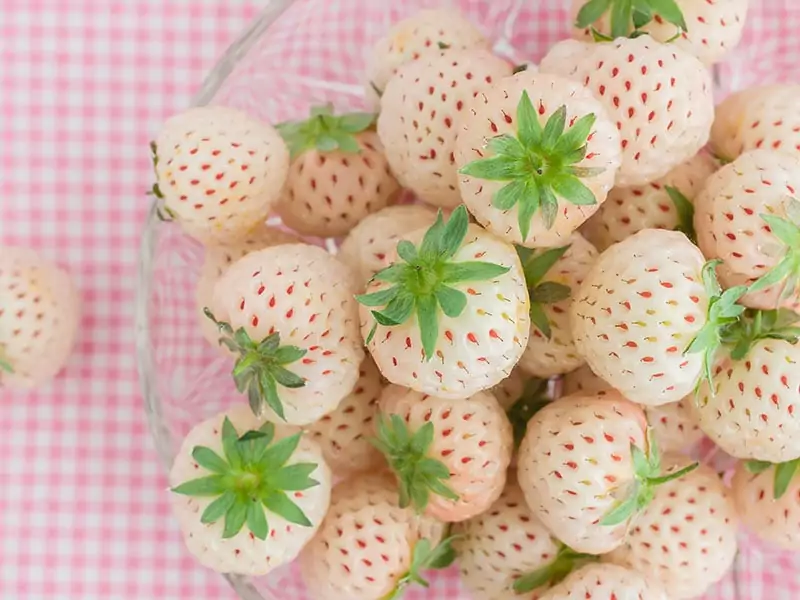
Even though they are called pineberries, they have nothing to do with pineapples except for the flavor. Pineberries are a cross between two cultivars of wild strawberries from the Americas, which are beach strawberries and mountain strawberries.
Pineberries look just like strawberries. But instead of having a blood-red shade, they are more pinkish white when they are ripe. One more difference is the seeds are red, not yellow or green.
The most interesting thing here is that while pineberries’ parent plant is not pineapple, they do taste like pineapple mixed with strawberry.
To grow pineberry, you have to use cuttings or grown plants, not seeds. The reason is that there is a high chance that those seeds cannot germinate, or they just develop into normal strawberry plants.
110-gram pineberries provide 45 calories, 10-gram carbohydrates, 6-gram sugar, 1-g protein, and no fat. Furthermore, they are rich in folic acid, phosphorus, fiber, vitamin A, and C.
You can eat fresh pineberries just like ordinary strawberries. They can also go into various cooking recipes for snacks, side dishes, or desserts. For instance, pineberries make a good combination with curry, spinach salad, or yogurt for breakfast.
Pineberry is a delicious hybrid fruit whose flavor resembles those of strawberry and pineapple.
14. Tayberry (Blackberry And Red Raspberry)
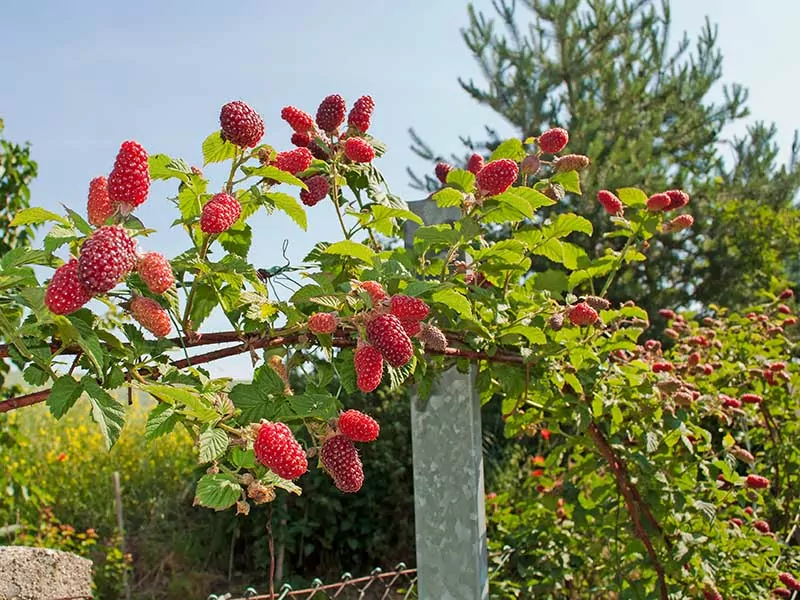
The last hybrid fruits in this list are tayberries. They are a hybrid of blackberries and red raspberries. A Scottish fruit breeder named Derek L.Jennings patented this wonderful creation. And the fruit was named after the longest river in Scotland: River Tay.
Tayberries have a conical shape and can get up to 1 ½ in (4 cm) long. The color of tayberries changes from green to red, then switching to black when they ripen.
Because tayberries ripen quite quickly, they are not usually sold commercially. Many people like to grow them at home. Anyway, these hybrid fruits taste so good, very sweet, and a bit sour. When they are way too ripe, their flavor is rich and a bit like wine.
Tayberries are nutritious fruits that are rich in dietary fiber and vitamin A. They also provide polyphenols – a plant-based compound functioning as an antioxidant.
Bizarre And Tasty Hybrid Vegetables You Must Know
It’s time to talk about vegetables. I bet you really want to know what kinds of vegetables are hybrid. These greens will not disappoint you, I am sure. Check them out now.
15. Kalette (Brussel Sprouts And Kale)
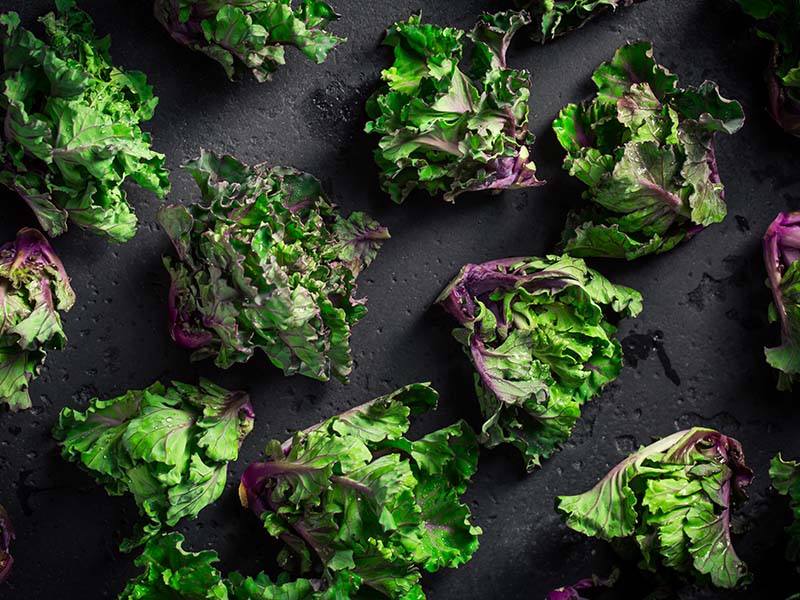
Kalette, also called Brusselkale, is a hybrid of Brussel sprouts and kale. It made its debut in the UK in 2010. This hybrid vegetable looks like a flower in green and dark purple. Its texture is similar to kale, and the flavor is lighter than Brussel sprouts.
Kalette is rich in vitamin A, vitamin C, mineral fiber, and iron. The vegetable is versatile. You can eat it raw in a salad, or boil, steam, and fry it. In case you want to find this veggie in the market, know that its harvest season is in winter, normally from November.
This is how kalette looks and how to cook it.
16. Broccoflower (Broccoli And Cauliflower)
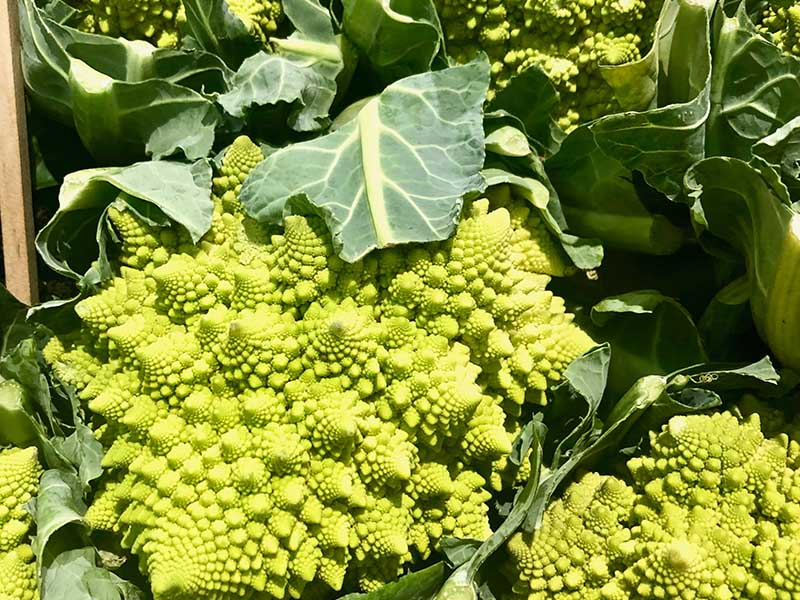
The next awesome hybrid vegetable is a member of the Brassicaceae family. It comes from the marriage between broccoli and cauliflower. Its origin is believed to be in Italy, though it first appeared in the USA in the early 20th century.
As a descendant of broccoli and cauliflower, broccoflower looks like them, but in a more special way. The patterns on these vegetables are called fractals. They make these hybrids look much more fascinating. What makes it more unique is the chartreuse color, a mix of green and yellow.
So, how about the taste? Broccoflower has a similar flavor to its parents but is a bit milder and nuttier. Therefore, you do not have to worry about any special recipe for broccoflower because they can be cooked like broccoli and cauliflower.
Broccoflower is a good source of vitamin B9, vitamin C, and antioxidants. Even better, it is pretty low in calories, which is good for those who are on a diet.
17. Brokali (Broccoli And Kale)
Brokali or Brokali Apollo is a hybrid of broccoli and kale, so it also belongs to the Brassicaceae family. Despite being developed in the early 2000s, Brokali went through several tests before becoming commercially available in 2011.
This vegetable can grow and develop well in cold weather. They are almost available all year round, but the peak season is in spring or fall.
Brokali vegetables have long stems with flowers on top. The central stem can reach up to 8 or 10 inches. The leaves and stems are green, while the flowers are yellow-green.
You can tell the flavor is a bit sweet, nutty, and slightly bitter. Brokali provides vitamin C, vitamin K, fiber, potassium, and iron. It is good for preventing cardiovascular disease and cancer.
18. Broccolini (Broccoli And Gai Lan)
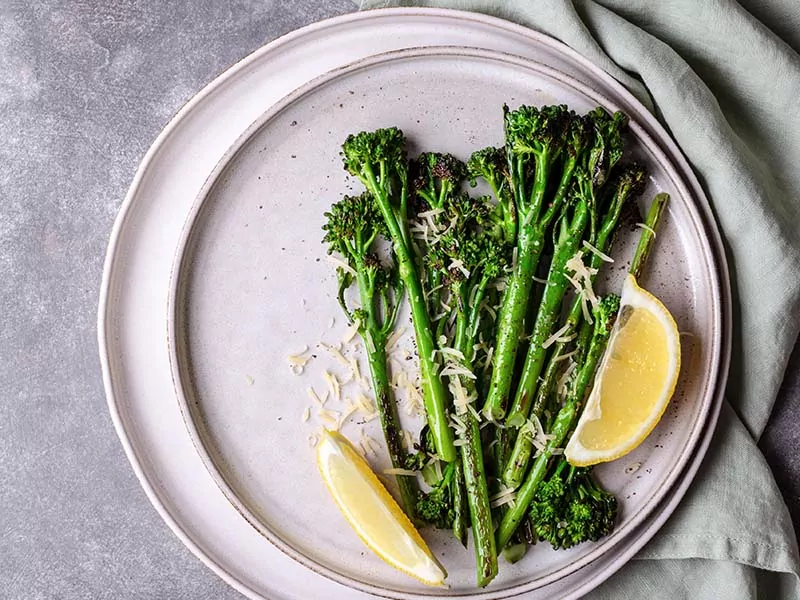
Broccolini was developed by a company in Japan. It is a result of a cross-pollination of broccoli and gai lan (Chinese broccoli) that took place in the 1990s. This vegetable can grow in a cool climate but is more intolerant to extreme weather than broccoli.
The appearance of broccolini is similar to brokali, or sprouting-type broccoli with long stems. Broccolini tastes like a mix of broccoli and asparagus.
The common way to consume broccolini is to steam, stir fry, or eat it raw in a salad. Doing so will provide your body with an excellent source of vitamin C, vitamin A, and dietary fiber.
Here is a simple recipe you can try to cook tasty broccolini.
19. Celtuce (Celery and Lettuce)
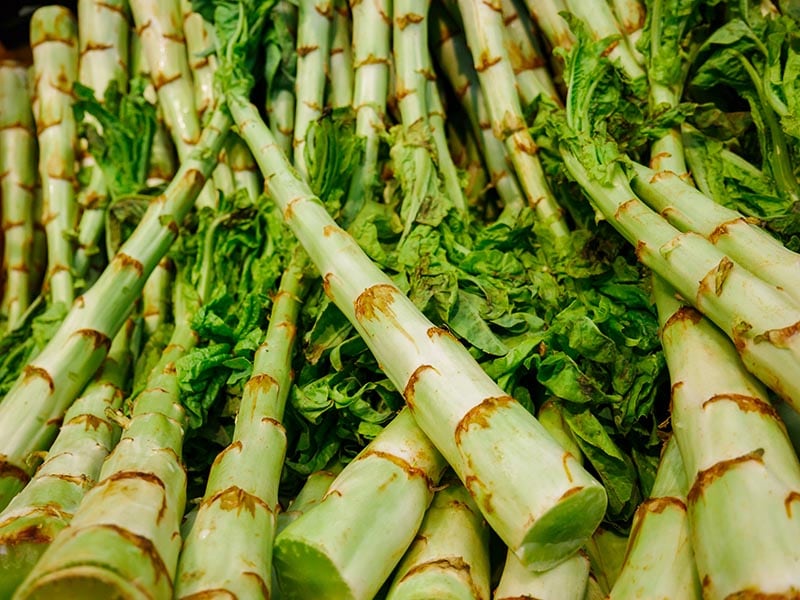
Celtuce, a hybrid of celery and lettuce, is native to China. This vegetable is a widely-used ingredient in Chinese cuisine.
Celtuce contains a long, firm, greenish-white stem and green leaves at the top. While the leaves are edible, the stem of celtuce is the best part. The texture is a bit soft but crisp, accompanied by a tantalizing taste that is mild, nutty, and delicious.
Before eating the stem, keep in mind that you should peel off the outer skin. Celtuce can be eaten raw or cooked. One of the best ways is to peel them into strips, and you will have crunchy veggie pasta. You can also put celtuce in a salad instead of cucumber or celery.
Celtuce does not provide many calories. But it is full of vitamin A, vitamin C, and minerals such as magnesium, calcium, potassium, and iron.
20. Sungold Tomato (Cherry-Type Hybrid Tomato)
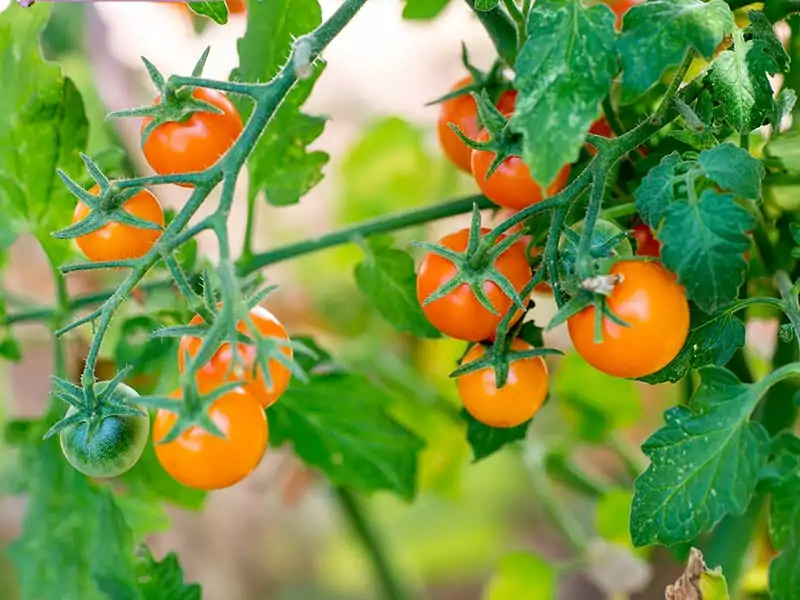
Sungold Tomatoes are a hybrid product developed by Tokita Seed Company in Japan. The company doesn’t reveal the parent plants of Sungold tomatoes. Yet, there is speculation that one of them can be the red cherry.
Sungold tomatoes have become one of the most popular types of tomato in the UK since their introduction in the early 1990s. These tomatoes are adorable with their small size and yellow-orange color. Their beauty can easily brighten up your garden.
These hybrid tomatoes are delicious with a fruity, tropical taste and palatable sweetness outshining other types of tomatoes. They are most likely to be available from June to August.
Sungold tomatoes are abundant in vitamin C, sodium, calcium, and folate. You can enjoy these cute tomatoes fresh like in salad or pasta. Another terrific idea is to cook or roast them.
Hybrid Fruits And Vegetables Are Worth Trying
Well, you have just gone through some amazing hybrid fruits and vegetables. They can be seen as superfoods thanks to their outstanding characteristics and benefits for health. Thus, they definitely should be present in your meals.
Have you tried any of them yet? Let me and other readers know your experience with these hybrids via comment. Do not hesitate to share this blog with your friends as they will be beneficial from the knowledge. Thank you, and enjoy your hybrids!


Jamie Scott
Editor in Chief, Senior Content Writer
Expertise
Home Cooking, Meal Planning, Recipe Development, Baking and Pastry, Food Editor, Cooking-video Maker, Western Food Evaluation Expert
Education
Le Cordon Bleu College of Culinary Arts
Local Community College, New York, NY
Jamie Scott is a skilled culinary expert and content creator specializing in Western cuisine. With over 15 years in the culinary field and formal training from Le Cordon Bleu, Paris, Jamie deeply understands how to blend nutrition with delicious flavors. His passion for cooking matches his commitment to making healthy eating accessible and enjoyable.
On Fifteen.net, Jamie brings a fresh perspective to classic dishes and beverages, offering readers insightful recipes, cooking tips, and a fresh view on meal planning that emphasizes taste, health, and simplicity.